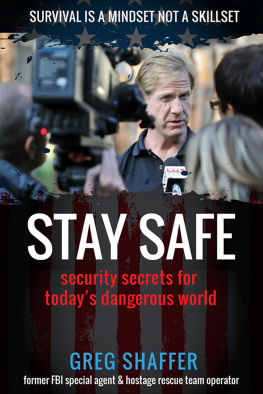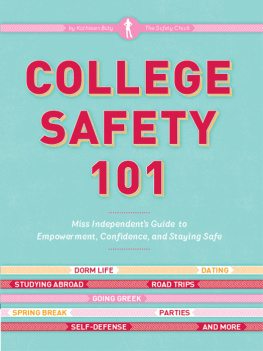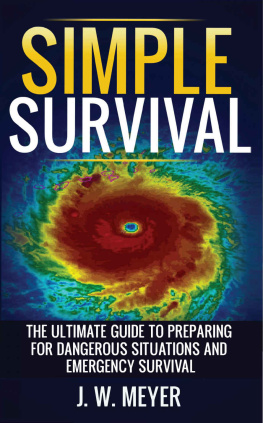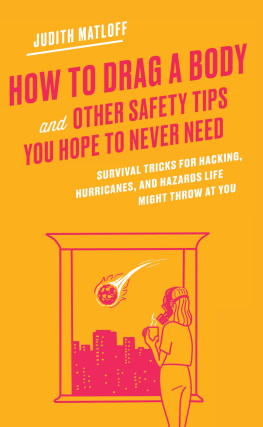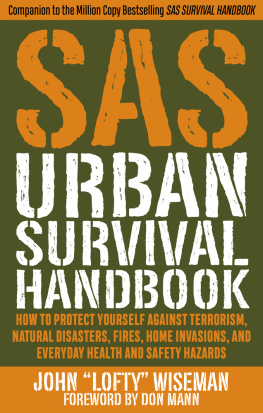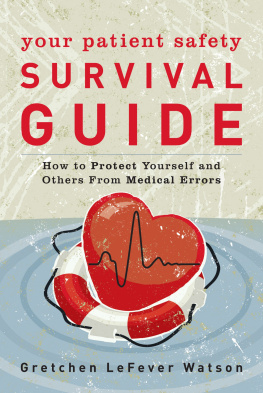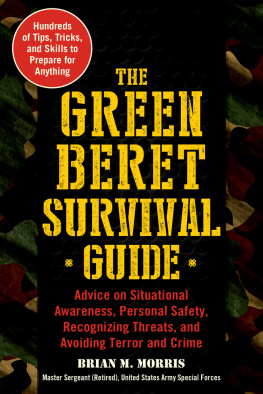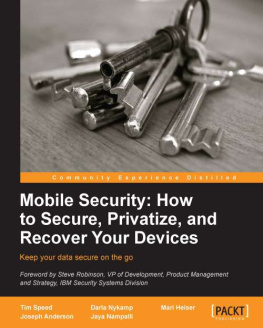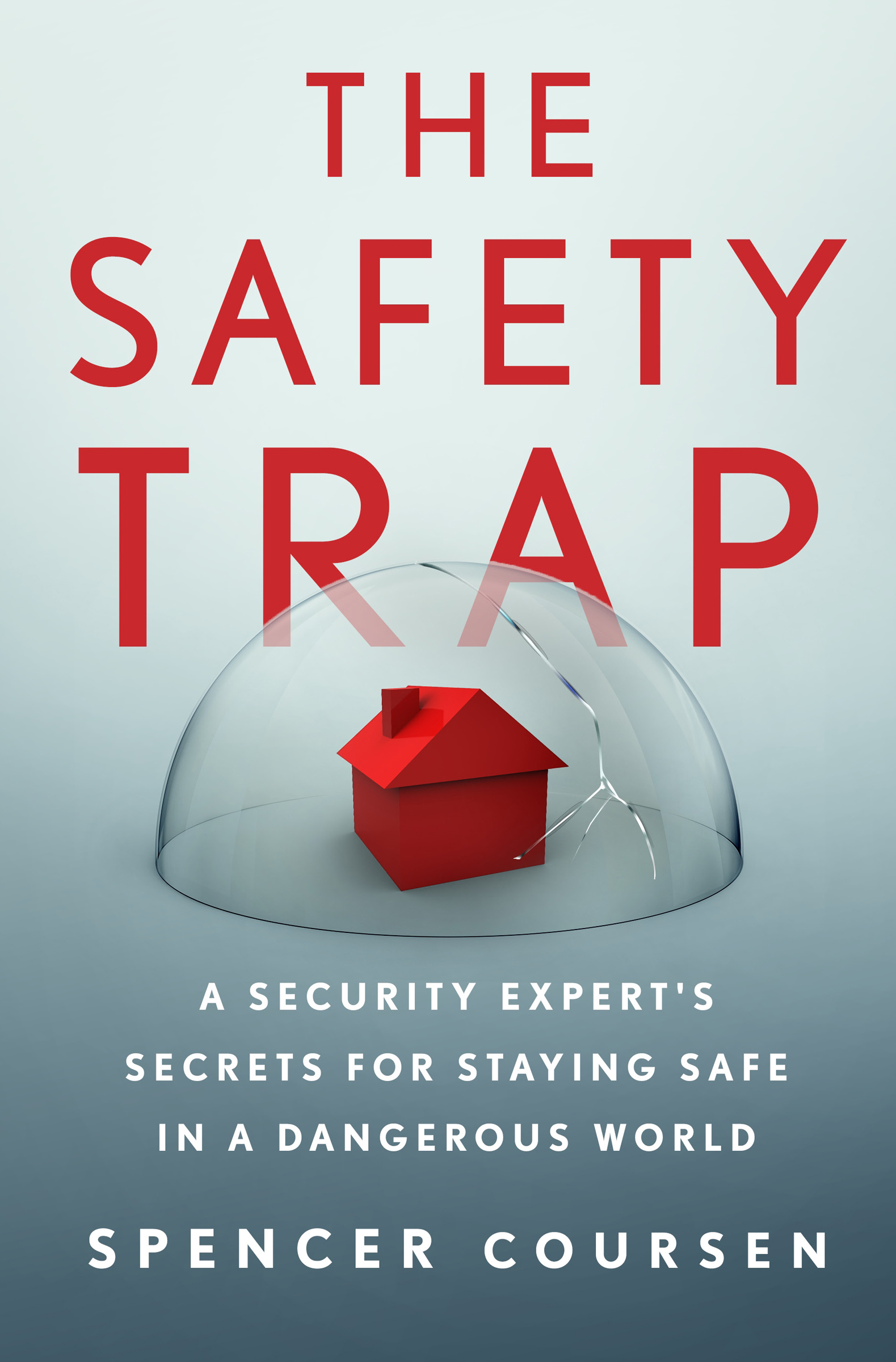The Safety Trap: The false sense of security that occurs when fear has abated, but risk remains.
Being a protector is a craft I have honed my entire life. It has been part of a lifelong pursuit. As a big brother to three younger sisters, I helped to keep my family safe. As a combat veteran, I defended my country. As a protective agent, I traveled the world keeping dignitaries safe, and as a private security consultant, I spent many years keeping celebrities, sports stars, models, and more free from harm. I loved my job. I was well skilled, and for a while, I could not imagine myself doing anything else.
In 2012, the tragedy at Sandy Hook was a turning point for me. My own childhood was wrought with fear. I longed for safety and comfort. I craved the confidence of a strong presence to tell me it would all be over soon. Id wished there were someoneor somethingI could turn to, to help me to better protect myself. And all of those emotions came flooding back to me as I watched those children be rushed from their school. You could see the fear and uncertainty on their faces. Each of them with their hands up in innocent surrender. My heart cried out for them. I felt for their parents, the educators too.
Both of my parents were teachers. I have friends and family who still teach. Some have risen through the ranks to become administrators, principals, and superintendents. All of them are phenomenal educators but none of them were professional protectors. I was. And now they were calling me. All of them afraid. All of them worrying if their school was next. And with so many others living in fear, I wanted to do everything I could to help.
That was when I made the decision to go into business for myself. I founded Coursen Security Group because I wanted to help others to protect themselves. My global experience had provided me with a finely tuned aperture to help others identify and then eliminate the threats in their everyday lives. I wanted my skill set, which had been predominantly reserved for the top one percent of the population, to be made readily available to the other ninety-nine. Why? Because very few people will ever know the luxury of having their own protective detail, but every single one of us deserves to be protected.
The threats to our everyday lives may evolve with the times, but the risks we are most likely to face have for the most part remained the same. Which means that whenever our world is inundated by chaos and confusion, the single most valuable deliverable is the assurance of well-being. A certainty of safety. More often than not, the best advice is to simply trust your instinct. People already have permission to protect themselves. They simply want to be reminded. They want to know its okay for them to do what is necessary. When things break bad, everyone wants to begin their return to normalcy. They want to get back to how things were as soon as possible. Even more so, they want to make sure that what happened before wont happen again. Some may seek a second opinion. They want to be reassured. They want whoever is across the table, on the other end of the phone, the author of that email, to be the same guy with the nice suit and easy smile they met at the onset of their concern. The one who didnt judge when they first revealed whatever breach of safety or embarrassing betrayal of trust brought them here in the first place. This is not to say that some concerns do not escalate into crisis. Sometimes additional efforts need to be employed: insights acquired, tradecraft deployed, outcomes ensured.
My firm helps good people make bad things better. One of the ways I help is by assessing the policies, practices, and procedures of an organization to identify the vulnerabilities most likely to be targeted by those who wish to do harm. Over the years, I came to discover that while most of my clients already had what they needed to stay safe, each and every organization faced the same set of consequential concerns. From private families to high-net-worth individuals and from small-town schools to global business enterprises, everyone seemed to be falling into the same kinds of trappings.
Of course, once these vulnerabilities were brought to light, they all seemed to have the same aha! moment of realization that would immediately help them to reduce risk and prevent violence. Happy as they were to have these hazards brought to their attention, they were equally dismayed that had they only known what to look for, their crisis could have been completely avoided. Had they only been more aware, they could have been better prepared.
As my clients would often tell me, theylike so many of their peershad a completely antiquated view of safety. They viewed safety to almost be something of a guarantee. A provision provided by the powers that be. Then, after finding themselves in the throes of crisis oreven worsetargeted by violence, they realized they didnt have a firm grasp of what safety really was, let alone how it could be achieved.
After helping to return their lives to normal, many clients would often tell me how they would reflect upon my reports as a reference guide. They would often cite key takeaways during their security-related decision-making. My reports had become something of a force multiplier for them. Something they would reread to help them stay safe long after their concern had been resolved. Something they would take home with them and then apply to their everyday lives. The idea for a book came from them. This book is a compilation of my experiences, my outlook, and the protective strategies I have accumulated over a lifetime devoted to keeping some of the worlds most influential people protected. I wrote this book to provide some solace of hope to those like my younger self, who prayed each night for a protector to come and save him.
These pages will help to empower, educate, and inform everyone from the second grader to the CEO with the same everyday safeguards that have helped me to succeed. Whats more, these insights are tailor-designed to be user-friendly. They can be learned, shared, and applied on the very same day this book is read. And once familiarized, they will stay with you forever.
Safety traps are everywhere. They hide in plain sight, camouflaged by our own willingness to believe that once our fear has been abated, risk is reduced as well. This has become our most misguided behavior, because all too often, when our vigilance goes down, our risk goes up. Do you want to know the one truth that, regardless of circumstance or scenario, has always been proven to be an accurate predictor of risk? Well, here is the simple truth that you may not want to believe, but I promise you is 100 percent factual: you are the most in danger when you feel the most safe. Crazy but true! To put it another waysometimes feeling safe is the most dangerous thing we do. This paradox is what I call the Safety Trap.


